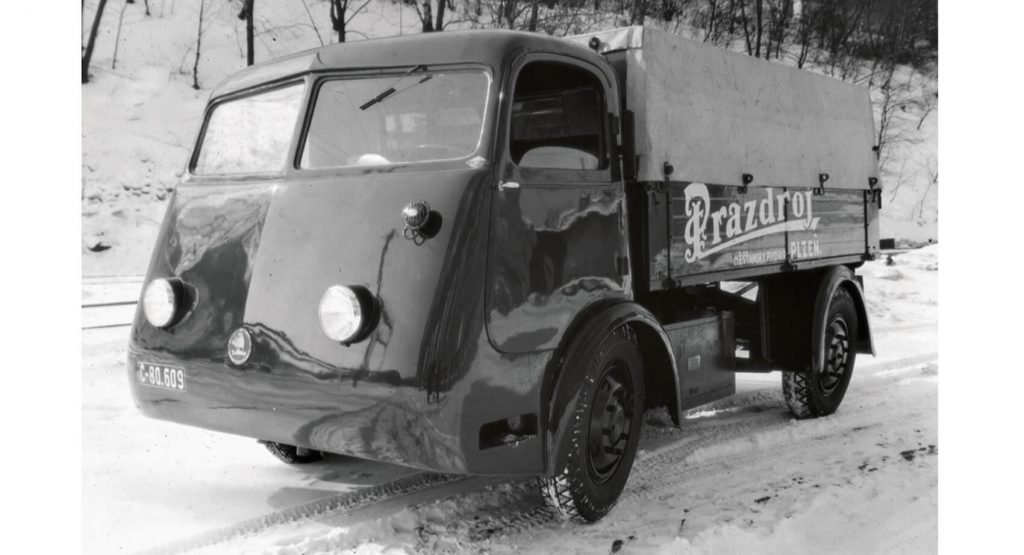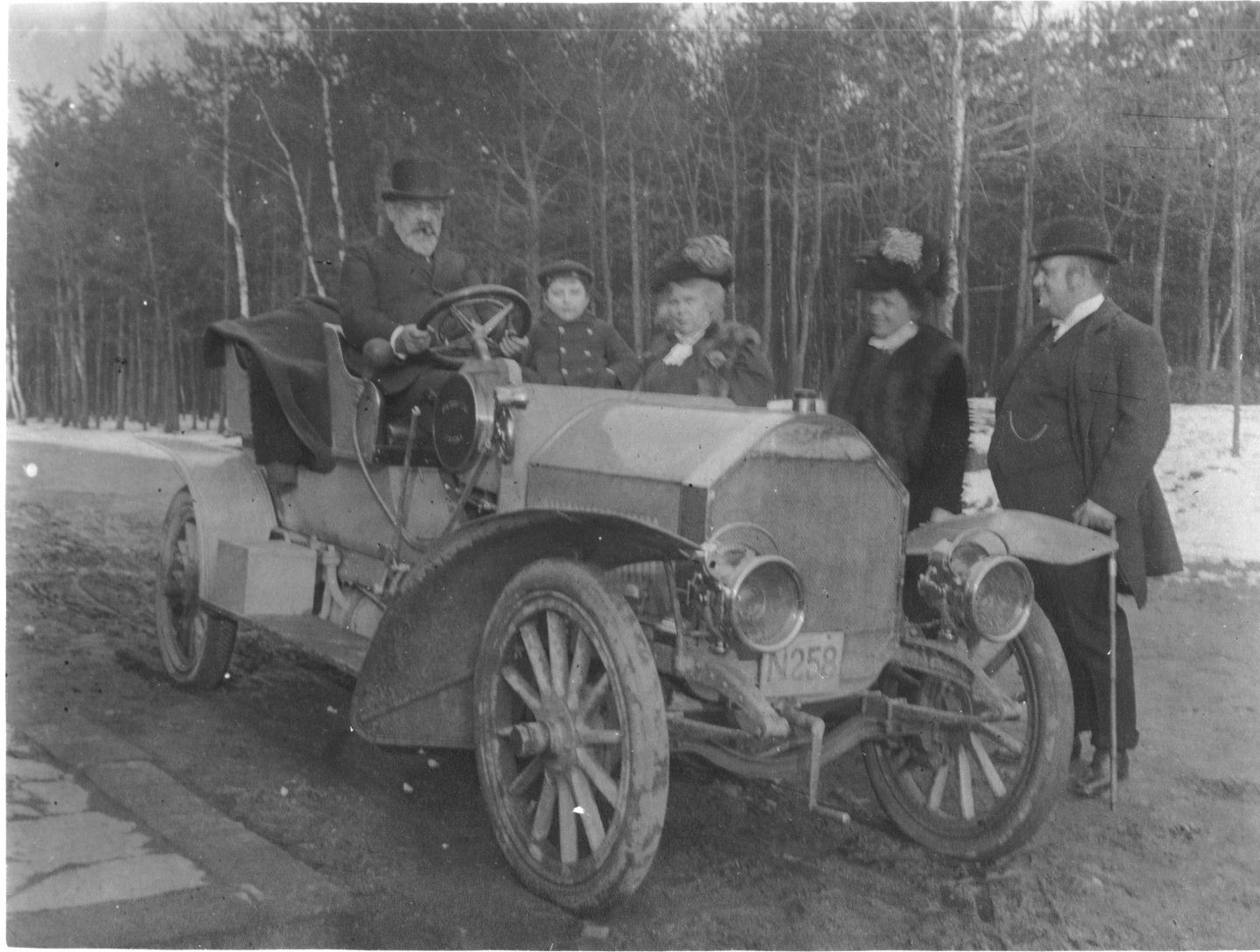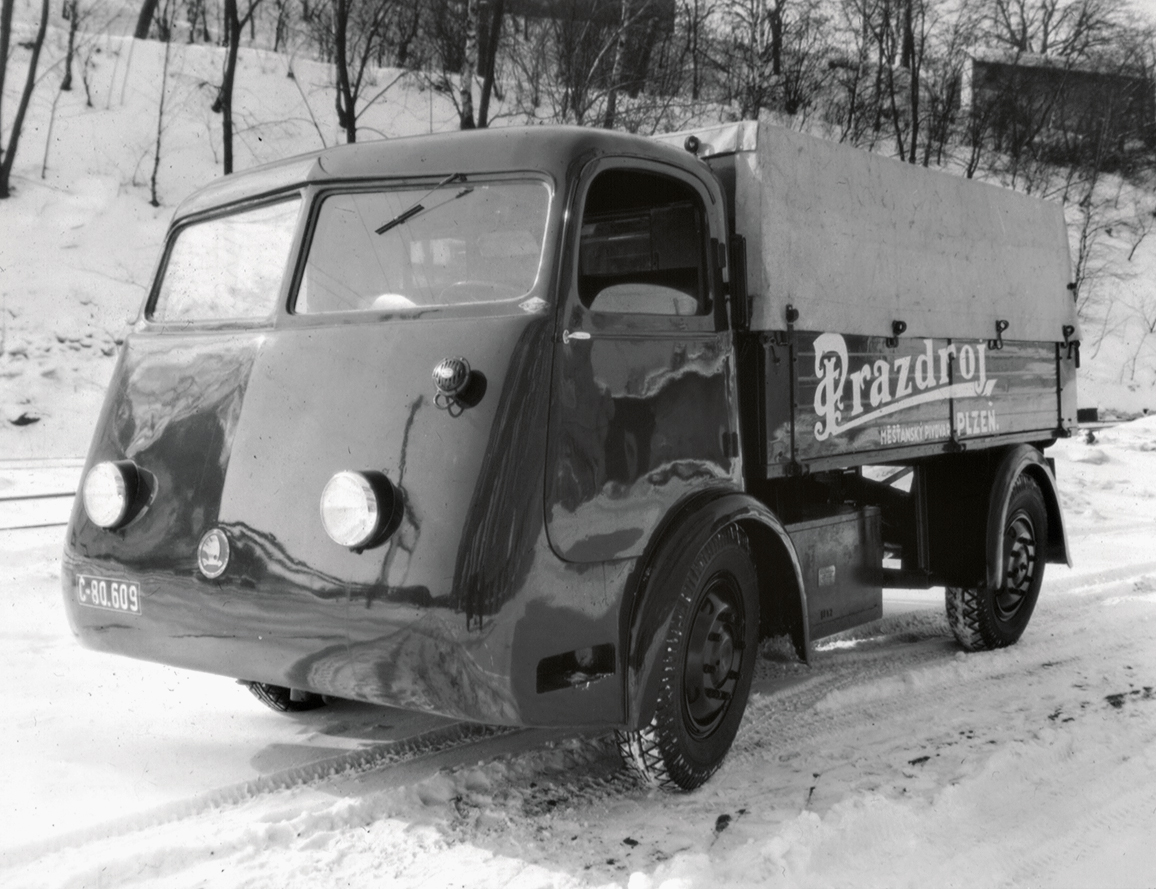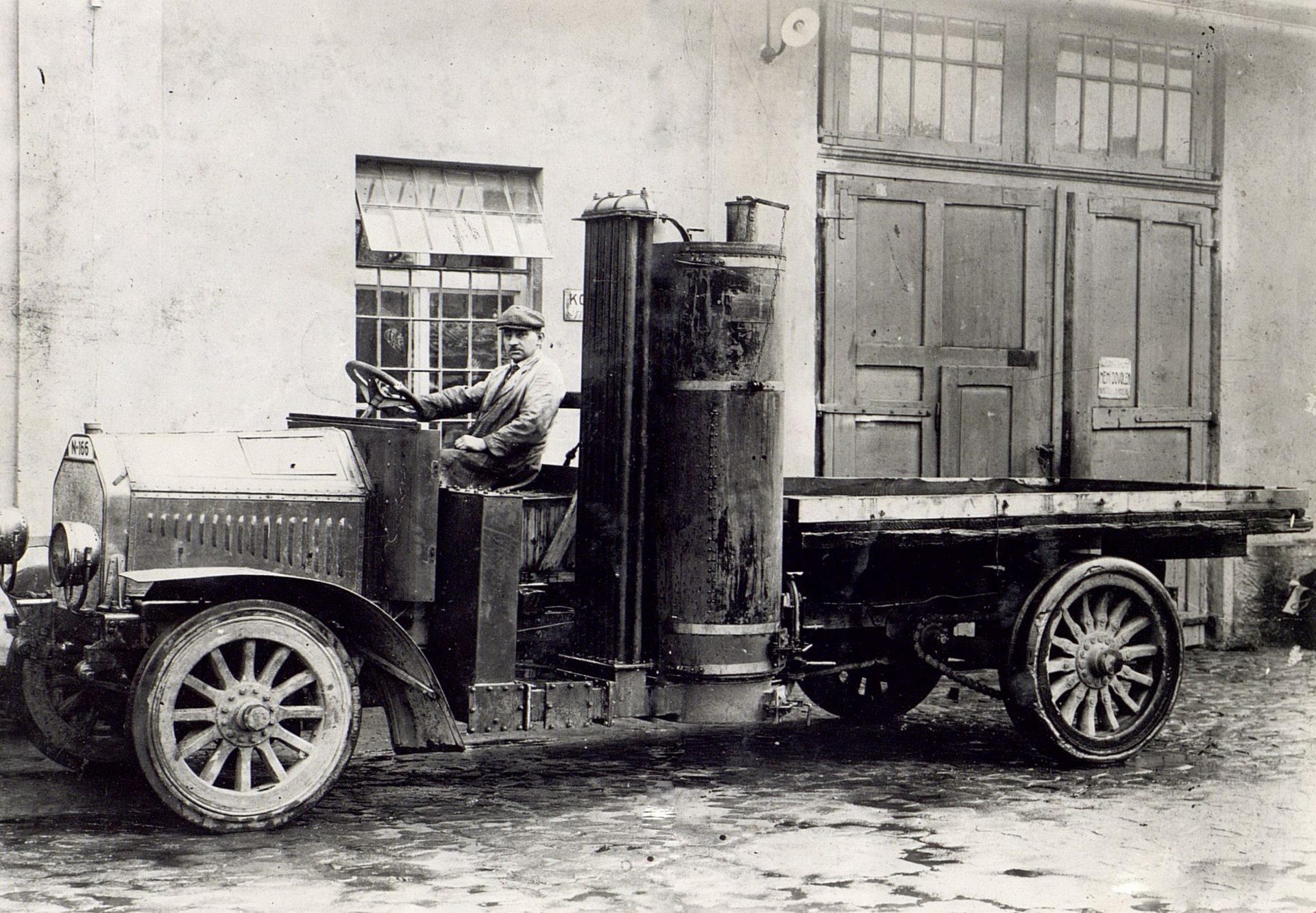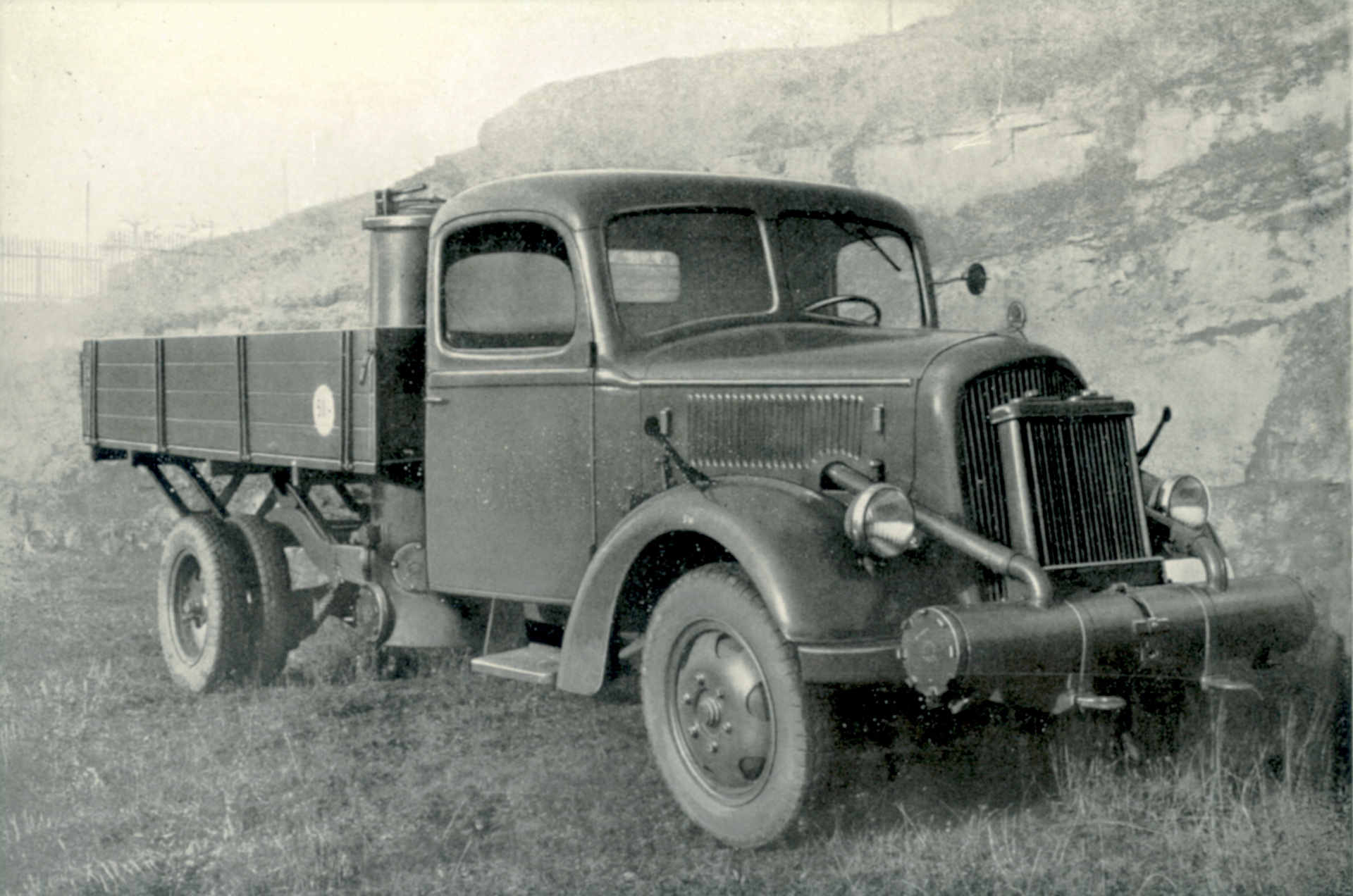Having been founded in 1895, Skoda is one of the oldest car manufacturers in the world, and since its early years, it has been experimenting with electricity and other alternative fuels.
Its first petrol/electric hybrid came to life in 1908, when founders Vaclav Laurin and Vaclav Klement reached out to Frantisek Krizik, the man who designed and engineered the tram system in Prague, Czech Republic, which still runs to this day.
Krizik took an L&K Type E prototype and built a unique system that used a petrol engine. The ICE produced the electric power, which in turn drove the vehicle via an electric motor. Mind you, this was more than a century ago, so the battery technology that allowed the energy to be stored had yet to be invented, but despite the rudimentary build, it gave engineers an important leap forward.
Thirty years later, in 1938, on the brink of WWII, oil imports were under threat and Skoda needed to find a way to keep supplies flowing. Thus, they built an electric beer truck that could deliver the product from the factory in Pilsen to the town’s bars and restaurants. It had a bank of rechargeable lead acid batteries mounted within the ladder chassis and could haul up to 6,614 lbs (3 tons) of beer. The truck delivered beer for many years, according to factory records.
A charcoal-powered truck was developed in 1919, with a large wood burner at the back, proving that the technology worked, but since it was considered too complex for production, it was dropped, until the late 1930s and early 1940s, when Skoda revisited the tech.
The company’s engineers managed to incorporate a wood gas generator that could convert timber and charcoal into usable gas to power the internal combustion engine. Several Rapid prototypes were made in 1942, and they had integrated wood gas converters mounted on the front bumper, surrounded by fake trim to make it blend in.
Skoda’s Ventures Into EVs Continues In The 1990s
In 1992, an electric version of the Favorit was built. It was dubbed the Eltra 151 and was largely funded by a commission from a Swiss importer, which planned to sell it across Europe. It had a bank of 14 6-volt 190 Ah lead-acid batteries that powered the 21 HP (21 PS / 15 kW) electric motor, and retained the regular model’s transmission, save for the fifth gear. It had a driving range of 40-60 miles (64-97 km) and could reach a top speed of 50 mph (80 km/h). Recharging could be done by using a standard domestic plug.
The Eltra 151 was followed by a pickup version commissioned by the same Swiss company and sold all over the world, including California. Nine of those cars were brought back to the Czech Republic by the postal service and were used in different locations for a few years.
What Does The Future Hold For The Czech Automaker?
Skoda’s strong ties with the electric world of cars will continue next year, with the Enyaq iV. The zero-emission SUV is almost as big as the midsize Kodiaq and will launch in four versions, three with rear-wheel drive and the 302 HP RS AWD model, which will feature two electric motors and an 82 kWh battery pack. The long-range model is expected with a range of up to 310 miles (500 km) on a single charge.



